Khorramabad Valley Earns Spot on UNESCO World Heritage List
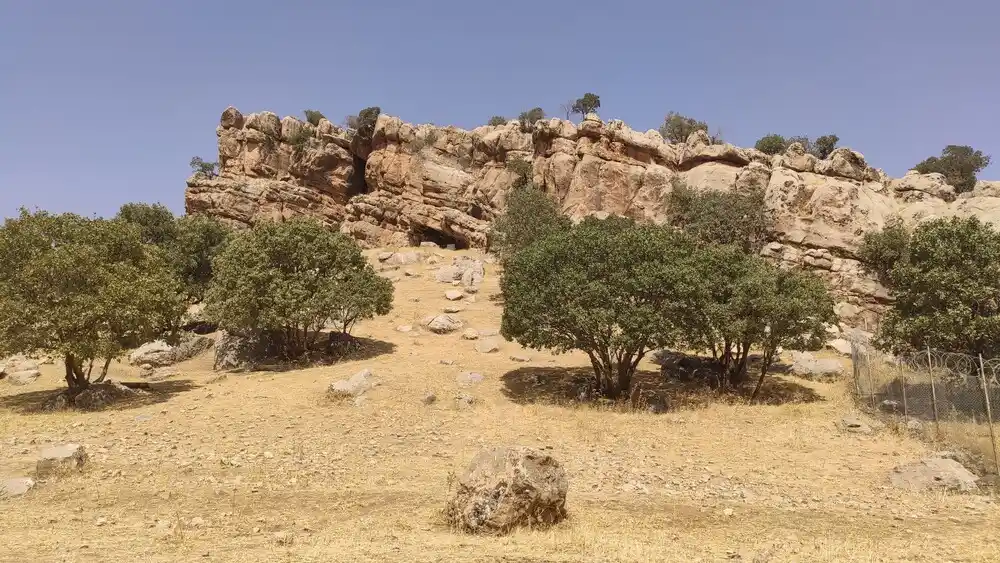
- Negin Masihi
- 12 July 2025
- Blog
- 4 minutes
In a proud moment for Iran’s cultural and archaeological heritage, Khorramabad Valley, located in the heart of Lorestan Province, has officially been recognized as a UNESCO World Heritage Site. This announcement came during the 46th session of the World Heritage Committee in New Delhi, India, in July 2025.
This breathtaking valley, surrounded by rugged mountains and home to ancient secrets, now joins a prestigious list of global sites acknowledged for their exceptional value to humanity.
You may also like: Nowruz – The Persian New Year and Holiday Traditions
Khorramabad Valley – A Valley Steeped in History
Tracing Back Millennia
Each of the five registered sites tells its own fascinating story. Yafteh Cave offers some of the earliest evidence of symbolic expression by modern humans in the region — a powerful reminder of how creativity and culture go way back in human history.
Then there’s Qamari Cave, which paints a vivid picture of human life over time, from Neanderthals all the way to early herding communities of the Chalcolithic period. It’s a rare site that captures key moments of population change in Southwest Asia.
Konji Cave stands out thanks to its deep, layered archaeological record. Inside, researchers have found Middle Paleolithic artifacts and burial sites, showing the slow shift from roaming foragers to more settled communities. It’s an essential chapter in understanding how humans adapted and built resilience over time.
As Dr. Sheidrang pointed out, these caves do more than show us technological advances and symbolic thought. They also represent zones where Homo sapiens and Neanderthals may have crossed paths — a key piece in the puzzle of human evolution.
Home to Falak-ol-Aflak Fortress
One of the valley’s most iconic landmarks is the mighty Falak-ol-Aflak Castle, a stunning fortress perched on a hilltop above the city of Khorramabad. Built during the Sassanid Empire, this architectural marvel served both as a military stronghold and a symbol of regional power. Its strategic location and majestic design continue to captivate historians, tourists, and locals alike.
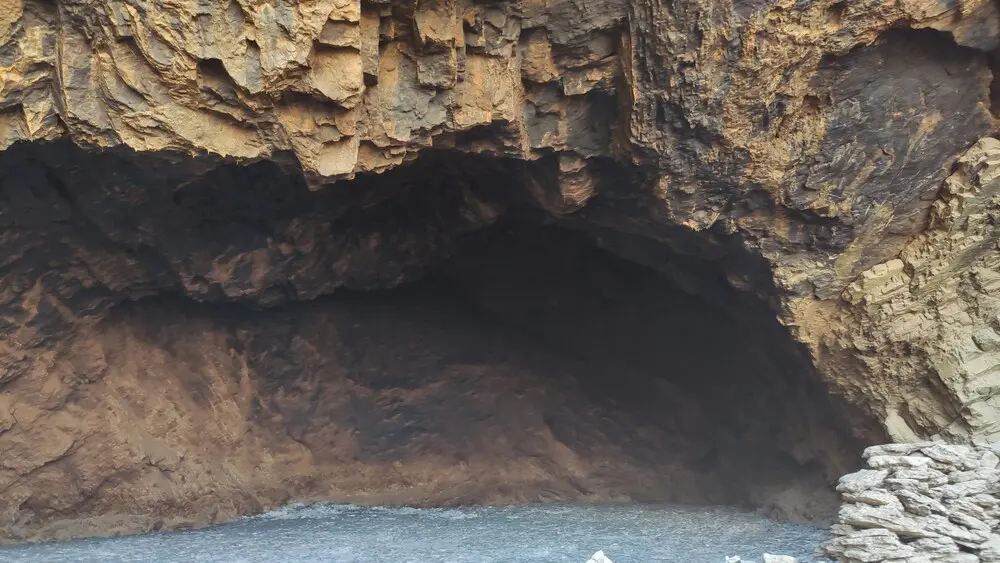
Recognition by UNESCO: Why It Matters
Cultural and Archaeological Significance of Khorramabad Valley
The UNESCO inscription celebrates more than just pretty ruins. It acknowledges the valley’s archaeological depth, architectural heritage, and the cultural continuity of its inhabitants. The decision reflects Khorramabad Valley’s role as a historical crossroads—a place where various civilizations flourished, traded, fought, and left their marks.
According to experts, the valley showcases the evolution of human societies through its layers of archaeological evidence. From the earliest cave dwellers to powerful Persian dynasties, this land has been a stage for incredible stories of survival and innovation.
Recommended for you: What is the most popular Persian food ?
Falak-ol-Aflak Castle and Bisheh Waterfall: Two Treasures of Lorestan
Falak-ol-Aflak Castle (Shapurkhast Fortress)
Construction Period:
This historic castle stands on a hill in the center of Khorramabad, overlooking the river. It was built during the Sassanid era (3rd century AD, under the rule of Shapur I).
Names and Meaning:
It is also called Shapurkhast Fortress, The Twelve-Tower Castle, The Atabakan Palace, and Khorramabad Castle. The name Falak-ol-Aflak means The Sky of the Skies, referring to the greatness of its architecture.
Architecture:
The foundation covers about 5,300 square meters, and together with the hill, the total height reaches around 40 meters.
The castle has an irregular octagonal plan with eight remaining towers (out of the original twelve).
Its tallest wall is 22.5 meters high.
Special attention was given to drainage and moisture protection. Underground canals were built to keep the building dry.
Historical Use:
During the Sassanid period, the castle served government and military functions. It was used as a prison for Roman captives, a treasury warehouse, and later as a military base during the Safavid, Qajar, and Pahlavi dynasties.
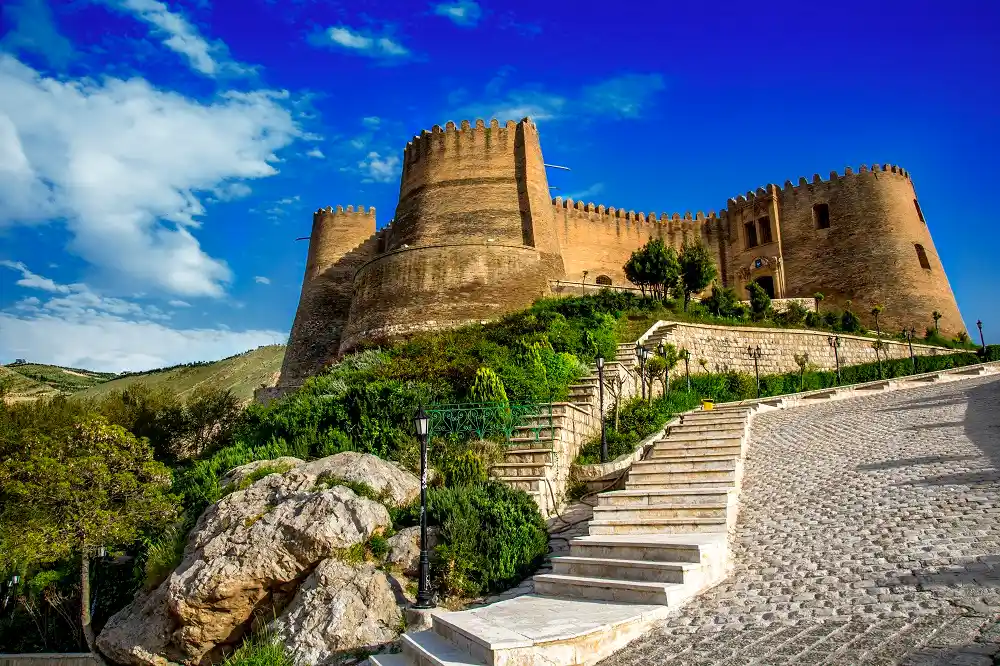
Bisheh Waterfall
Geographical Location:
Bisheh Waterfall is located in the village of Bisheh Station, in part of Khorramabad County (Dorud), in the heart of the Zagros Mountains. It is about 65 kilometers from Khorramabad.
Specifications:
Height: About 48 meters, with the water continuing another 10 meters after falling.
The width of the waterfall’s crown is about 20 meters.
It flows into the Sezar River.
Natural Features:
Surrounded by the oak forests of the Zagros Mountains and located near the southern railway station. It can be accessed by road and train.
Natural Heritage Status:
Registered as one of Iran’s natural heritage sites (the 58th national natural monument).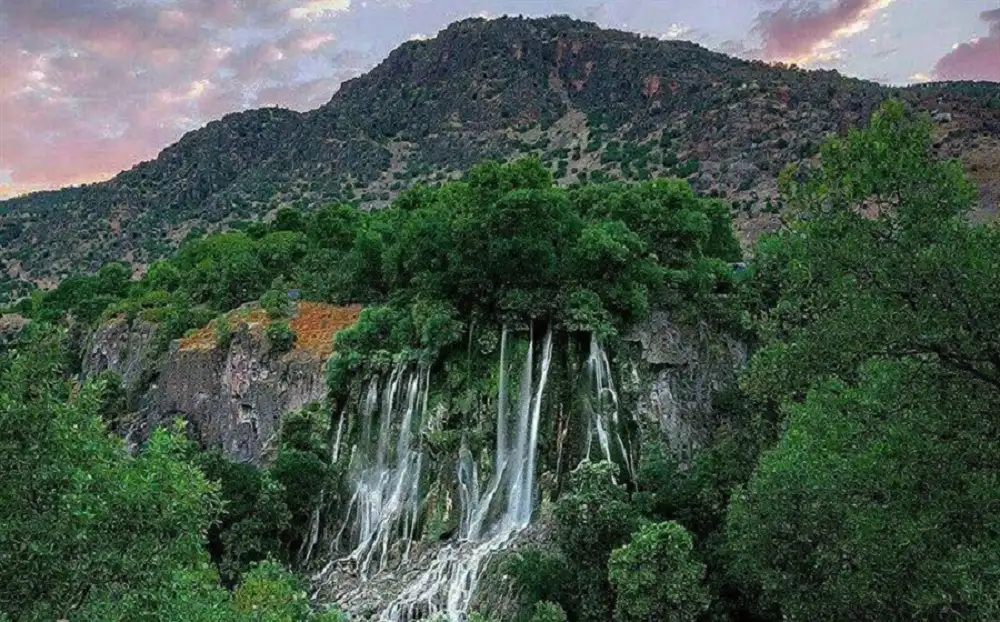
Falak-ol-Aflak Castle and Bisheh Waterfall are both located in the Khorramabad Valley. This valuable natural and historical area has recently been added to the UNESCO World Heritage List. Its global recognition shows the international importance of Lorestan’s unique history, architecture, and nature, and has strengthened its position as an attractive destination in international tourism.
Boost for Local and Cultural Tourism
UNESCO recognition often acts as a magnet for global travelers, and Khorramabad Valley is no exception. Iranian officials and cultural authorities hope this designation will help promote sustainable tourism, bringing economic benefits to the local community while also preserving the valley’s integrity.
Lorestan’s stunning landscapes, combined with its deep historical roots, make it an ideal destination for cultural explorers and archaeology enthusiasts. This new title could mean more investment in preservation efforts, educational programs, and international collaboration on historical research.






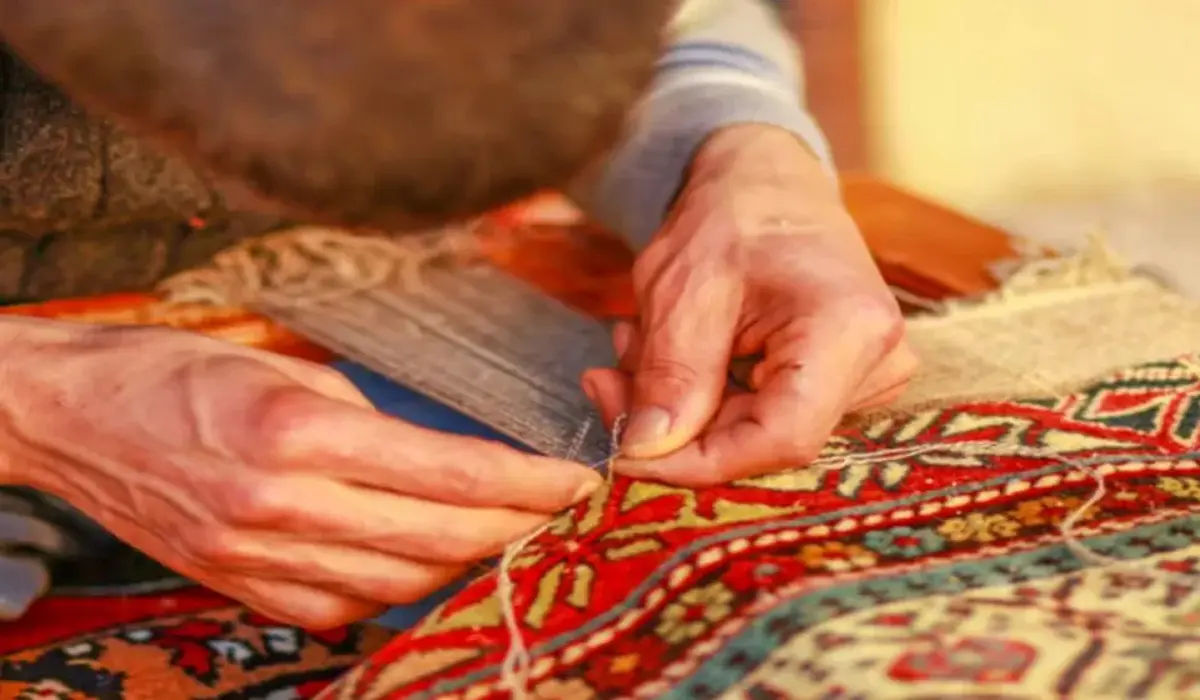


Comments